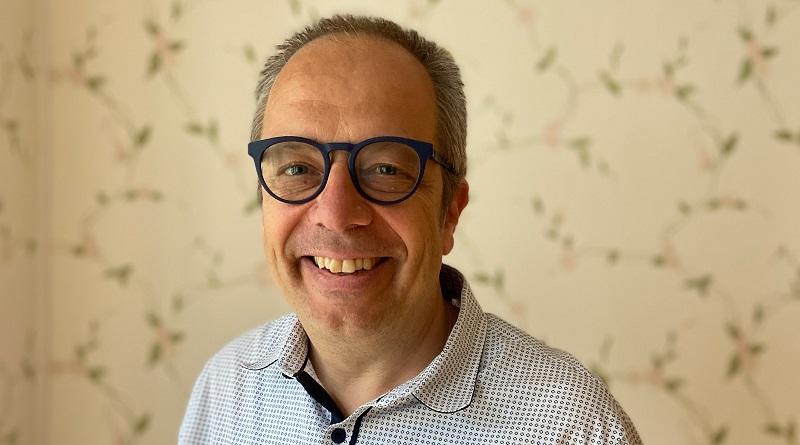Rafael Enzler is one of those persons whose name pops up frequently when discussing placemaking, destinations and sustainability – especially here in Switzerland.
In this interview he shares his thoughts on the meaning of placemaking, the trends – such as growing demand for sustainability – impacting the work of place makers and -branders, and why museums are such an important ingredient of a city’s image and identity.
Rafael, placemaking is one of the key areas of expertise at your consulting practice, gutundgut in Switzerland and the Netherlands. Briefly, what does the term stand for – how do you approach placemaking?
Placemaking is the act of making places. It is a process of creation. The concept originated in the 1960s when planners introduced a new approach to the design of public spaces.
When it comes to tourism projects and the spacial point of view, placemaking in essence aims to understand a place with all its facets and thereby create a holistic experience. Both a building or a communication concept can be the result of a placemaking process.
gutundgut specializes in “placemaking”, operating from the vantage point that architecture, tourism, culture, and communication complement each other. This is reflected in our team members, and their various areas of expertise.
In one of our earlier conversations you mentioned that interdisciplinary thinking is essential for successful placemaking. Why? And do you have examples of what this can look like, in practice?
We bring this multi-layered approach to our thinking, work and design process, allowing tourism to intersect with architectural projects just as strategy/positioning intersects with marketing and communication.
In Adelboden, Switzerland, for example, we integrated a coworking space into the visitor center of the local tourist destination. In addition to providing an added service for tourists, we have thus created a place where locals and guests can meet. The video below shows impressions of some of our work.
Place developers and managers sometimes are quite critical about “marketing” and “branding”, arguing that a “good” place is the best advertisement. Do you agree?
I absolutely agree. Due to social media and word of mouth this aspect became even more relevant in the past years. But I think it is important to talk about “good” places too, otherwise they might stay hidden.
Digitalization is one of the mega trends which our panel of place brand experts identified earlier this year. How is it changing destination planning and -management – where are we headed?
Theoretically, it is possible today to create a digital virtual twin of a destination. Such a twin would allow to better plan destinations, optimize tourism infrastructures, improve visitor flows and simulate new attractions and their impact before they are built. The basis for such a model is data. In this field, there is a lot to be done in the next few years. A systematic collection, connection and interpretation of data is necessary to get there.
Which other trends will likely shape the agenda of placemaking professionals in the years ahead?
Sustainability in all its dimensions will become a very important aspect when it comes to further developing places. As such, destinations or places have to be considered more as public places for locals and guests than as tourism hotspots.
To get there, a strong involvement and participation of all stakeholders will be key for successful placemaking.
You are a passionate supporter of museums and involved in marketing some of Switzerland’s finest cultural institutions via a combined pass. What role do museums play in the context of city attractiveness and city brand strength?
I consider museums as three dimensional story books. If you want to learn about and understand a place you have to listen to its story.
Nowadays, museum professionals are real experts when it comes to storytelling and this makes them an important element of a city’s appeal. In certain cities, museums are even the pacemaker and main attraction for a city visit.
Last but not least, museums and their activity programs can also strongly influence the identification of locals with their city. As such, they also play an important internal role.
Which are some of your favorite places around the world?
I had the privilege to live in different countries during my life. All these places became my favorite places. St. Gallen, Amsterdam, New York, Zürich. They are in fact all very exciting places. But the main reason for putting them on my favorite list are not the cities and their large cultural offers. It’s because I became part of the story of these places, I met people and made friends.
Thank you, Rafael.
Connect with Rafael Enzler on LinkedIn. More about his work also on gutundgut.ch. Download gutundgut’s inspirational paper for visitor centers HERE.


